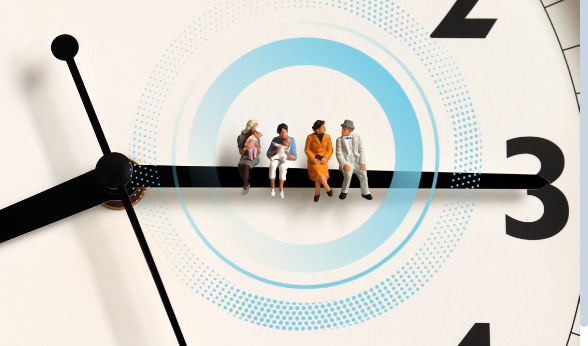
What Is the Lifespan of Fiber Optic Cables?
Understanding Fiber Optic Cable Composition
To grasp the lifespan of fiber optic cables, it's essential to understand their composition. Fiber optic cables consist of thin strands of glass or plastic fibers, each about the diameter of a human hair. These fibers are designed to carry light signals over long distances with minimal loss of data.
The core of each fiber is surrounded by a cladding layer that reflects light back into the core, ensuring efficient signal transmission. Outside the cladding, additional protective layers such as buffer coatings, strength members, and outer jackets shield the delicate fibers from physical damage, moisture, and environmental factors.
Factors Influencing the Lifespan of Fiber Optic Cables
The lifespan of fiber optic cables is influenced by several factors:
Quality of Materials:
- The quality of the glass or plastic fibers, as well as the protective coatings and outer jackets, plays a significant role in determining the lifespan of the cable. High-quality materials are more resistant to environmental degradation and mechanical stress, leading to longer-lasting cables.
Environmental Conditions:
- The environment in which the fiber optic cable is installed greatly affects its longevity. Cables buried underground or installed in controlled indoor environments tend to have a longer lifespan than those exposed to harsh weather conditions, extreme temperatures, or high levels of humidity.
Installation Practices:
- Proper installation is crucial for maximizing the lifespan of fiber optic cables. Improper bending, stretching, or crushing of the cables during installation can introduce microbends or macrobends, leading to increased signal loss and a shorter lifespan.
Physical Stress and Damage:
- Over time, fiber optic cables can be subjected to physical stress such as vibration, tension, or accidental damage from construction activities. These factors can degrade the cable’s performance and reduce its lifespan.
Technological Advancements:
- The rapid pace of technological advancements can also influence the effective lifespan of fiber optic cables. As network demands increase and new technologies emerge, existing fiber optic infrastructure may become obsolete before the physical cable itself reaches the end of its useful life.
Expected Lifespan of Fiber Optic Cables
Under optimal conditions, fiber optic cables can have a lifespan of 25 years or more. This longevity makes them an attractive investment for network infrastructure, as they can support high-speed data transmission for decades with minimal degradation.
However, it’s important to note that while the physical fibers can last for many years, the active components connected to the fiber network—such as transceivers, amplifiers, and switches—may require more frequent upgrades or replacements.
Maintenance and Monitoring
To ensure that fiber optic cables reach their full lifespan, regular maintenance and monitoring are essential. This includes:
Routine Inspections:
- Conduct regular visual inspections and testing of the fiber optic network to identify potential issues such as signal loss, physical damage, or environmental exposure.
Environmental Protection:
- Implement protective measures to shield cables from harsh environmental conditions. This may include installing cables in protective conduits, using water-resistant coatings, or selecting cables with higher temperature tolerance.
Upgrading Network Components:
- As network demands grow, consider upgrading active components to ensure that the fiber optic infrastructure continues to meet performance requirements without compromising the lifespan of the cables.
Documentation and Records:
- Maintain detailed records of installation dates, maintenance activities, and any incidents of damage or repair. This documentation helps in tracking the condition of the cables and planning for future replacements or upgrades.
End-of-Life Considerations
Eventually, even the most well-maintained fiber optic cables will reach the end of their useful life. When this happens, it's important to plan for their replacement in a way that minimizes disruption to the network. This often involves installing new cables in parallel with the old ones and gradually transitioning services to the new infrastructure.
Additionally, some fiber optic cables may be repurposed or redeployed in less demanding applications, extending their useful life even further.
16
0
746
172

